Parasites are some of the most astonishing organisms on the planet, using incredibly clever tactics to survive and reproduce. From manipulating their hosts’ behavior to completely taking over their bodies, these creatures have evolved mind-blowing strategies to ensure their life cycles continue. While many of these parasites might seem like something out of science fiction, their survival methods are a natural part of ecosystems around the world. In this article, we’ll explore 18 parasites with truly remarkable and sometimes disturbing ways of ensuring their survival. Each one showcases the fascinating, and sometimes eerie, complexity of nature.
Toxoplasma gondii (Toxoplasmosis Parasite)
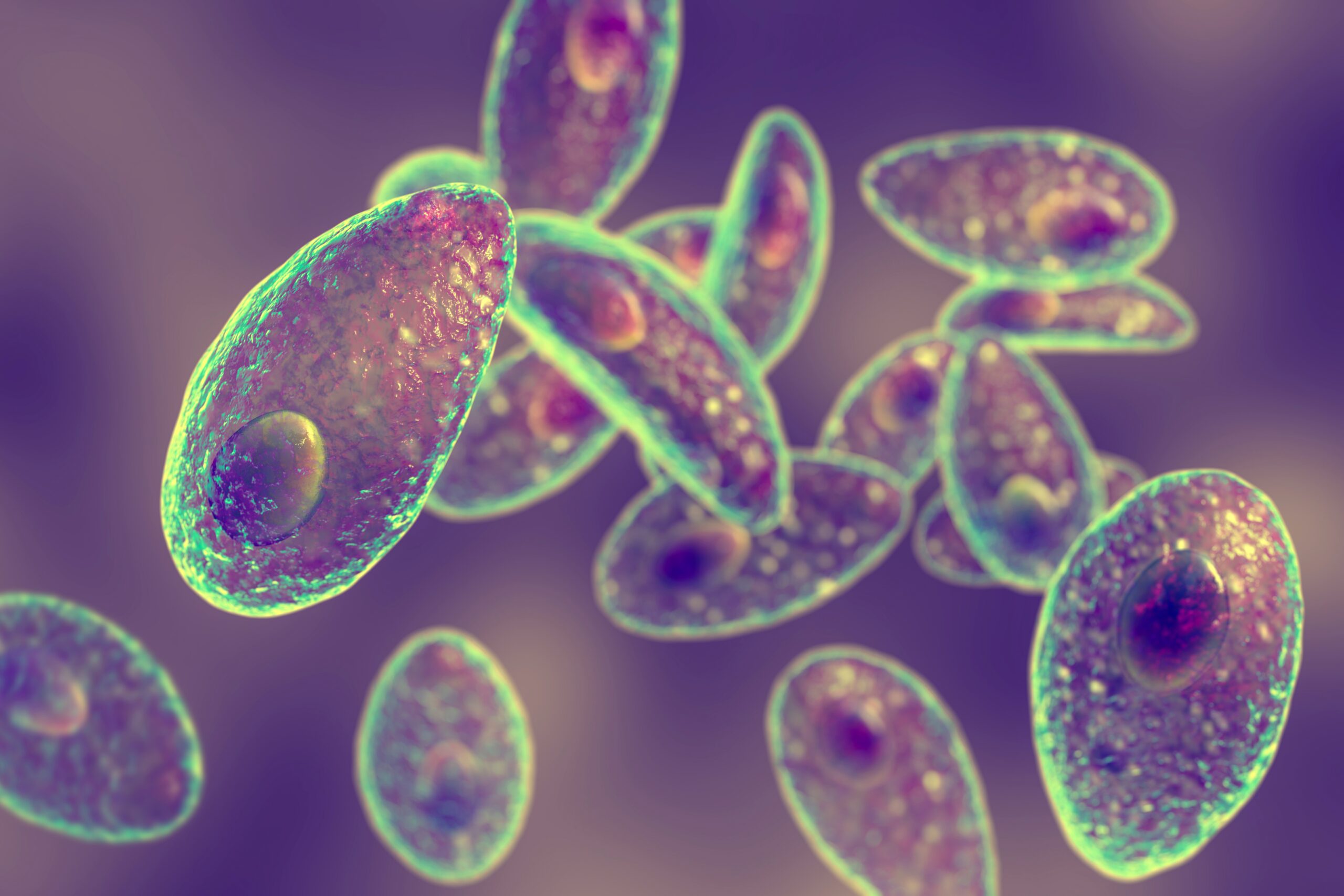
Toxoplasma gondii is a single-celled parasite that manipulates the behavior of its host. Found in nearly all warm-blooded animals, it primarily thrives in cats. The parasite alters the brains of infected rodents, making them less afraid of cats, thus ensuring its life cycle continues. By reducing fear responses, it increases the likelihood that the rodent will be eaten by a cat, completing the cycle. Once inside a cat, the parasite reproduces, and its eggs are spread through feces. Humans can be infected by handling contaminated cat litter or eating undercooked meat. Amazingly, Toxoplasma gondii can lie dormant in the human brain for years without symptoms.
Cordyceps Fungus (Zombie-Ant Fungus)
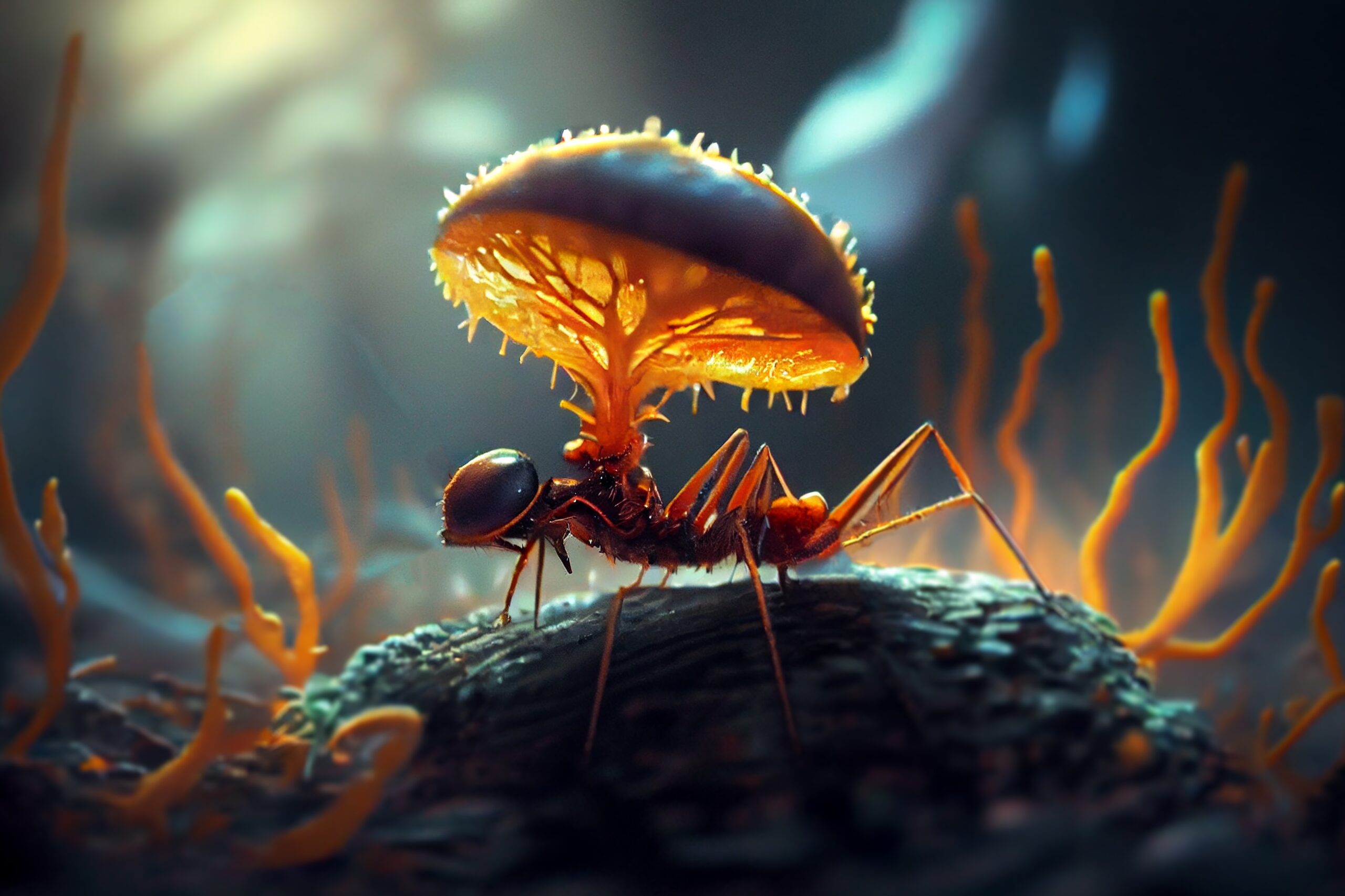
This mind-controlling fungus targets ants in tropical forests, turning them into virtual zombies. Once infected, the ant is compelled to climb to a high location before it dies. The fungus then sprouts from the ant’s body, releasing spores that infect more ants below. It’s an incredible display of parasitic manipulation, as the fungus ensures the ant helps spread the spores to more potential hosts. This cycle of infection and growth keeps the fungus thriving. Cordyceps species infect various insects, showing an astonishing adaptability across the animal kingdom. The “zombie-ant fungus” phenomenon is a striking example of nature’s complexity.
Leucochloridium paradoxum (Green-Banded Broodsac)
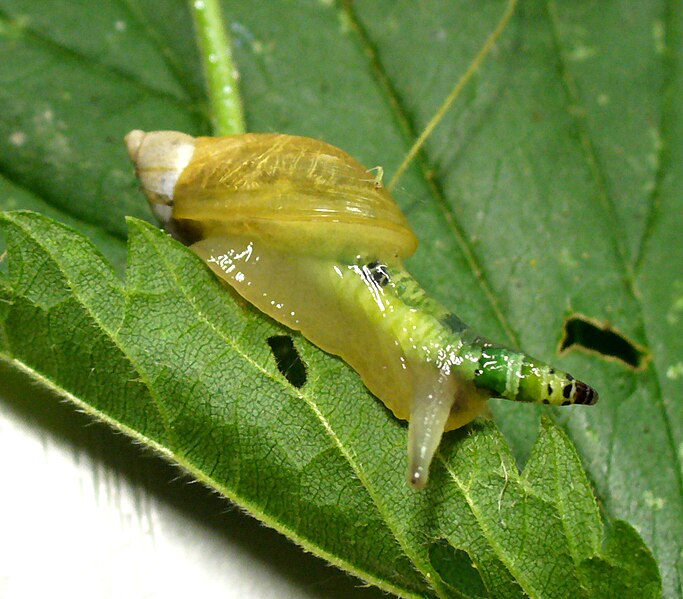
Leucochloridium paradoxum is a parasitic flatworm that manipulates snails to spread its eggs. Once inside a snail, the parasite causes the snail’s eye stalks to pulsate in vivid colors. Birds mistake the stalks for caterpillars, pecking at them and ingesting the parasite’s larvae. The snail survives the attack, while the parasite moves into the bird’s digestive tract, completing its life cycle. The manipulation is so precise that it almost seems like science fiction. This parasite’s strategy of turning snails into lures is both effective and bizarre. Each phase of the life cycle is timed perfectly to exploit both birds and snails.
Dracunculus medinensis (Guinea Worm)
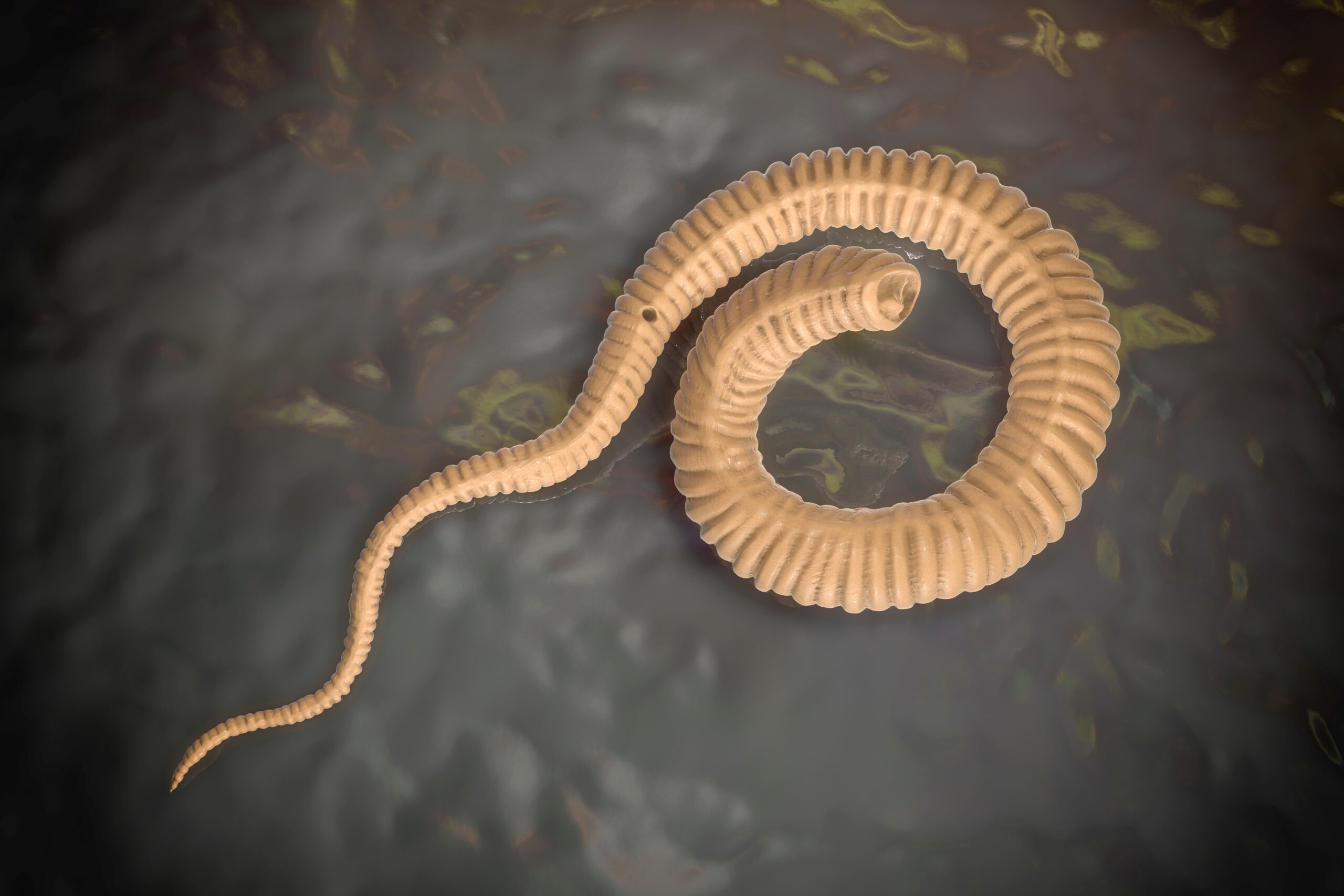
Once inside a human host, the Guinea worm causes immense suffering. This parasitic worm enters through contaminated water, where it can remain dormant for up to a year. When it’s ready to reproduce, the female worm burrows through the skin, causing a burning sensation. To relieve the pain, infected individuals often immerse the affected area in water, allowing the worm to release its larvae and continue the cycle. The extraction process, where the worm is slowly pulled out over several days, is both painful and grueling. The survival strategy of the Guinea worm relies on human behavior to perpetuate its life cycle. It is a haunting example of parasitic endurance.
Ophiocordyceps unilateralis (Mind-Control Fungus)

Another mind-controlling fungus, Ophiocordyceps unilateralis, specifically targets carpenter ants. The infected ants leave their colonies and bite down onto leaves or twigs, holding themselves in place as the fungus grows inside them. Eventually, the ant dies, and the fungus releases its spores from the ant’s body. This behavior ensures the fungus spreads to other ants in the vicinity. Ophiocordyceps unilateralis demonstrates a highly specialized survival tactic, as it manipulates the ant’s behavior to increase its reproductive success. The fungus’s lifecycle, combined with its mind-control abilities, makes it one of the most fascinating parasites in nature.
Cymothoa exigua (Tongue-Eating Louse)

The Cymothoa exigua is a parasitic isopod that replaces the tongue of its host, typically a fish. It enters the fish through the gills, latches onto the tongue, and gradually causes the tongue to atrophy. Eventually, the louse becomes the new tongue, functioning as the fish’s organ while feeding on its blood. This parasitic relationship is both grotesque and efficient. Amazingly, the fish can continue to live and feed normally despite the loss of its tongue. The survival tactic of the tongue-eating louse is both bizarre and unique, making it a standout among parasitic species. This symbiotic relationship is one of the few known cases where a parasite physically replaces an organ.
Sacculina carcini (Crab Parasite)

Sacculina carcini is a barnacle that parasitizes crabs in a particularly invasive way. It enters the crab through a tiny opening in its shell and begins to grow inside, taking over the crab’s reproductive system. Male crabs are even feminized by the parasite, which forces them to behave as if they were female. The infected crab cares for the parasite’s eggs as though they were its own, ensuring the barnacle’s reproductive success. Sacculina’s survival strategy is disturbingly thorough, as it hijacks both the body and behavior of its host. This manipulation allows the parasite to thrive while rendering the crab sterile.
Schistocephalus solidus (Fish Tapeworm)
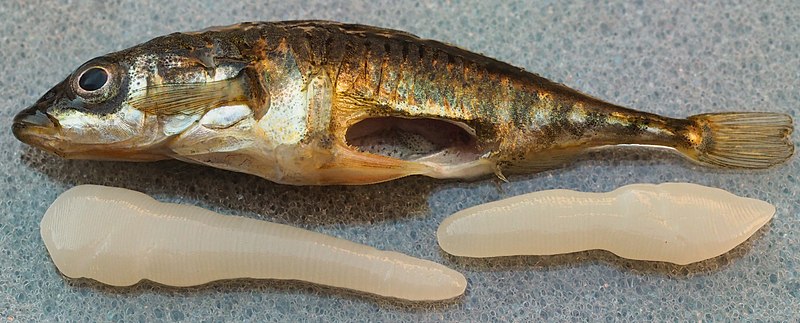
This parasitic tapeworm has an astonishingly complex life cycle, involving multiple hosts. It starts in tiny aquatic organisms, which are then eaten by fish. Once inside the fish, the tapeworm grows, sometimes reaching immense sizes that distort the fish’s body. To continue its life cycle, the tapeworm manipulates the fish to swim near the surface, making it easier for birds to spot and eat them. Once consumed by a bird, the tapeworm lays its eggs, which are expelled through the bird’s feces and re-enter the water. The survival tactics of Schistocephalus solidus are extraordinary, as it manipulates multiple hosts to ensure its propagation. This life cycle showcases parasitic ingenuity at its finest.
Plasmodium (Malaria Parasite)
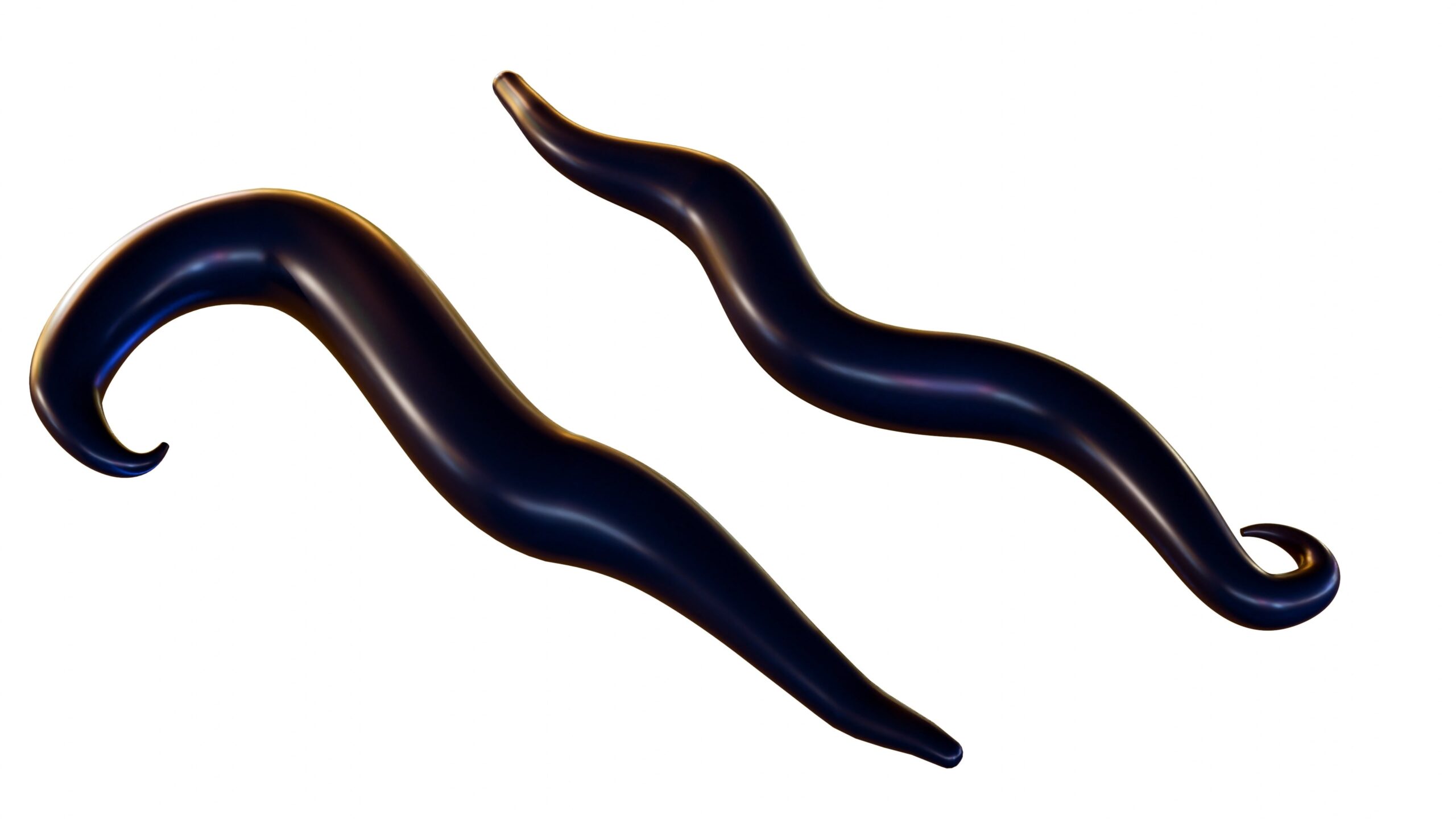
The Plasmodium parasite, responsible for malaria, is transmitted by the bite of infected mosquitoes. Once in the bloodstream, it travels to the liver, where it multiplies and invades red blood cells. The parasite cleverly avoids detection by the immune system through constant changes in its surface proteins. It also manipulates the mosquito, making it more likely to bite and spread the infection. The human host suffers from fever, chills, and other severe symptoms, often leading to life-threatening conditions. The Plasmodium parasite’s ability to manipulate both mosquito and human biology is remarkable. Malaria’s complex transmission cycle has plagued humanity for centuries.
Trypanosoma brucei (Sleeping Sickness Parasite)
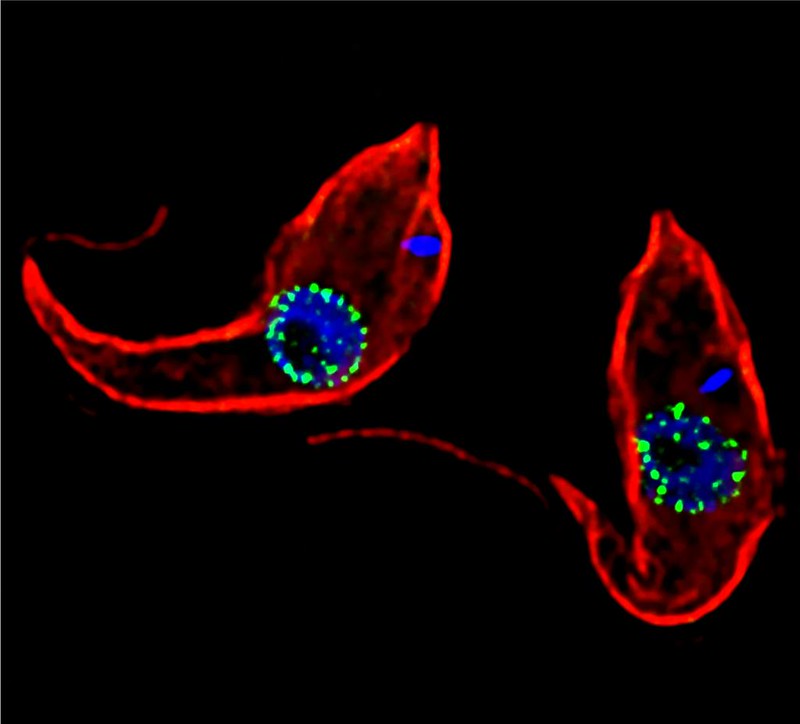
Trypanosoma brucei, the parasite responsible for African sleeping sickness, is transmitted to humans through the bite of a tsetse fly. Once inside the bloodstream, it travels to the brain, causing neurological symptoms such as confusion, disrupted sleep patterns, and eventually coma. What makes this parasite remarkable is its ability to constantly change its surface proteins, evading the host’s immune response. By continually staying ahead of immune detection, Trypanosoma can remain in the body for months or even years. Its survival relies heavily on this unique adaptation, making treatment challenging. Without prompt treatment, the disease can lead to fatal outcomes, showcasing the deadly efficiency of this parasite’s survival tactics.
Paragordius tricuspidatus (Horsehair Worm)

Horsehair worms, like Paragordius tricuspidatus, have a terrifying life cycle that includes taking over the bodies of insects such as crickets. After the host consumes infected water, the larva grows inside, feeding on the host’s body. Once fully grown, the worm manipulates the cricket’s behavior, driving it to seek water and jump in, where it then exits the body, often killing the host in the process. The worm continues its life cycle in water, leaving behind the drowned cricket. This parasite’s manipulation of its host’s behavior ensures that it can reproduce and thrive. The transformation from insect to aquatic creature is an eerie example of nature’s parasitic intricacies.
Dicrocoelium dendriticum (Liver Fluke)
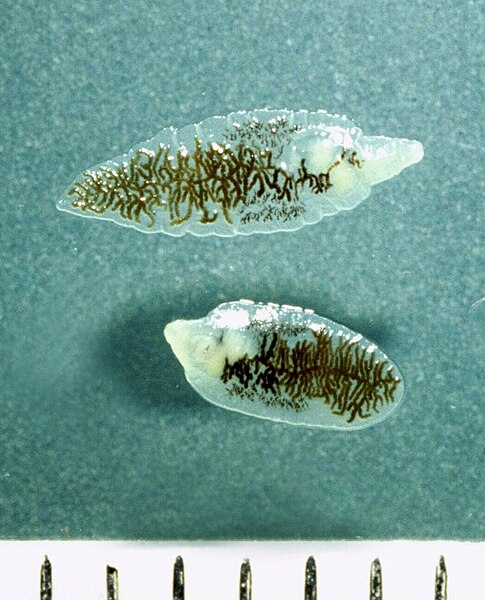
The liver fluke, Dicrocoelium dendriticum, employs an elaborate life cycle involving snails, ants, and grazing animals like sheep or cattle. After passing through the digestive system of a snail, the parasite’s larvae are excreted in slime, which ants consume. Once inside the ant, the fluke takes control of the ant’s brain, causing it to climb to the top of blades of grass during cool evenings. There, the ant is more likely to be eaten by grazing animals, where the fluke can infect its next host. This parasite’s life cycle is a highly coordinated strategy involving multiple animals. Its ability to alter the ant’s behavior showcases the complexities of parasitic survival.
Loa loa (Eye Worm)
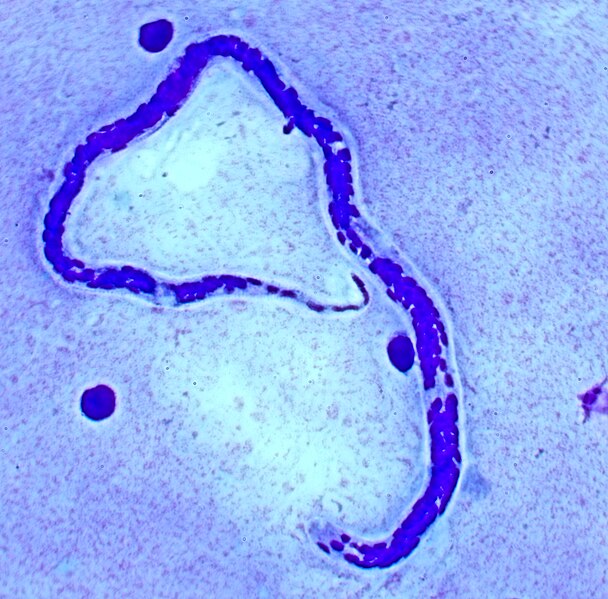
The Loa loa worm, also known as the African eye worm, has a disturbing life cycle that involves migrating through the human body. Transmitted by deerflies, the larvae enter the bloodstream and grow, traveling through tissue to the skin and even the eye. Patients can sometimes see the worm moving across their eye, creating a shocking and unsettling experience. The worm causes swelling and discomfort, particularly when it moves to sensitive areas like the face or eyes. To survive, Loa loa requires a warm, human host where it can live for years. Despite its disturbing effects, this parasite can live unnoticed for long periods, ensuring its survival in the host’s body.
Cysticercus (Tapeworm Larvae)
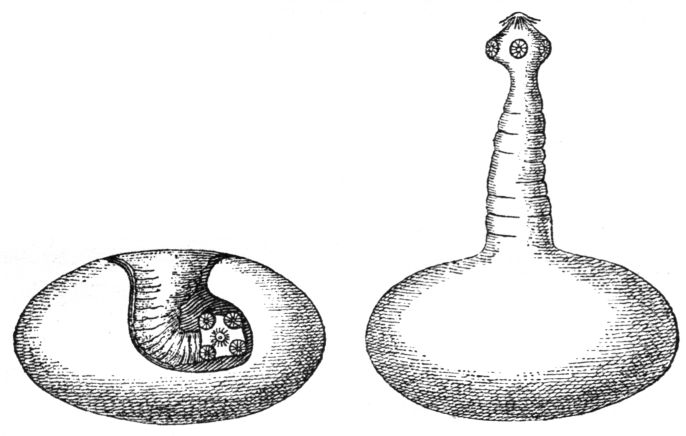
Cysticercus, the larval stage of tapeworms, is transmitted to humans through undercooked meat. Once inside the human digestive system, the larvae attach to the intestinal walls, where they develop into adult tapeworms. These tapeworms can grow up to several meters long, siphoning nutrients from the host’s diet. In some cases, the larvae can migrate to muscles or the brain, causing cysticercosis, which can lead to seizures and other neurological symptoms. The tapeworm’s ability to reproduce within its host and spread via contaminated food sources makes it a highly successful parasite. By remaining in the digestive tract for years, the parasite ensures its continuous survival and reproduction.
Naegleria fowleri (Brain-Eating Amoeba)

Naegleria fowleri, known as the brain-eating amoeba, is a rare but deadly parasite that infects humans when contaminated water enters the nose. Once inside, it travels to the brain, where it destroys brain tissue, leading to a condition called primary amebic meningoencephalitis (PAM). The parasite is incredibly aggressive, often causing death within days of infection. Naegleria thrives in warm freshwater environments, such as lakes and hot springs, and it only needs a small opportunity to infect a host. Its ability to evade the immune system and rapidly destroy its host’s brain makes it one of the deadliest parasites. Although rare, the survival tactic of this amoeba is nothing short of terrifying.
Fasciola hepatica (Sheep Liver Fluke)
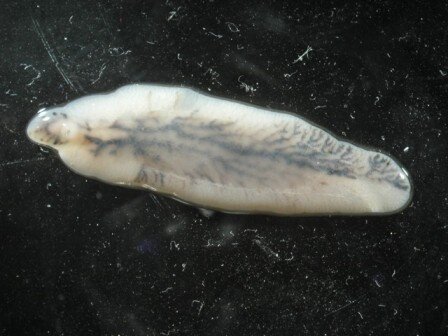
The Fasciola hepatica, or sheep liver fluke, is a parasitic flatworm that primarily affects the livers of sheep and cattle. After hatching in water, the larvae infect snails before being ingested by grazing animals. Once inside the host, the fluke travels to the liver and bile ducts, causing severe liver damage. The parasite’s life cycle is perfectly adapted to the environment of farm animals, allowing it to spread efficiently. Liver flukes can cause significant economic damage in livestock, yet their life cycle is a marvel of parasitic adaptation. The fluke’s ability to manipulate both intermediate and final hosts makes it a highly effective parasite.
Tunga penetrans (Jigger Flea)
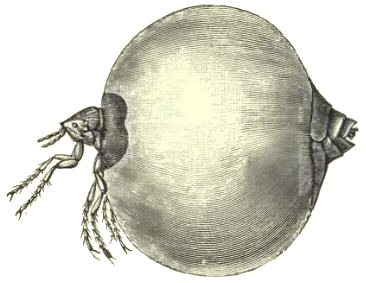
Tunga penetrans, or the jigger flea, is a tiny parasitic flea that burrows into the skin of its host, often causing painful lesions. Once inside, the female flea swells as she fills with eggs, causing significant discomfort. This parasite is found in tropical and subtropical regions, and it primarily affects the feet of humans and animals. After laying her eggs, the flea dies, but the cycle continues as her offspring infect more hosts. The survival strategy of the jigger flea is simple yet effective, relying on its ability to hide within the skin until it can reproduce. This flea’s parasitic approach can lead to severe infections if not treated promptly.
Strongyloides stercoralis (Threadworm)
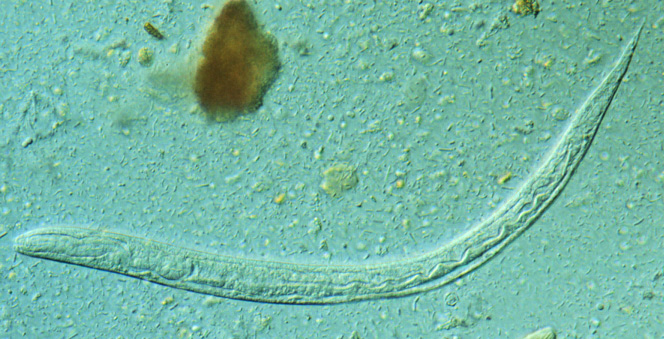
Strongyloides stercoralis is a parasitic roundworm that infects the small intestine of humans. It can enter the body through the skin, usually through contact with contaminated soil. Once inside, the larvae migrate to the lungs and then are swallowed into the digestive system, where they mature into adults. This worm has an unusual ability to reproduce inside the human host without the need to leave the body, which can lead to chronic infections lasting decades. Its survival is ensured by this unique autoinfection cycle. Strongyloides can cause significant health problems, including gastrointestinal distress and, in severe cases, life-threatening hyperinfection syndrome.
This article originally appeared on Rarest.org.
More From Rarest.Org
Many of today’s mainstream trends started as niche subcultures, quietly shaping the worlds of fashion, music, and lifestyle. These movements, often formed by small communities with unique styles and values, have had a powerful influence on global culture. Read more.
Some literary works are destined for immediate fame, while others take time to find their audience. Often misunderstood or overlooked during their initial release, these forgotten books later gained recognition for their brilliance. Read more.
Antique tractors played a vital role in revolutionizing farming, transforming the way crops were grown and harvested. These machines not only boosted productivity but also made farming more efficient and accessible for smaller operations. Read more.



